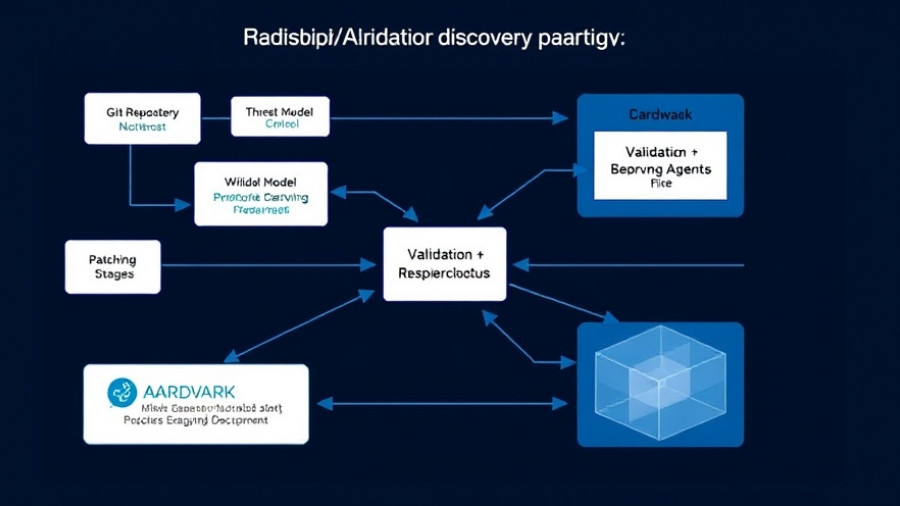
Understanding Agentic AI: A New Era of Automation
In recent years, the tech industry has buzzed with discussions of Agentic AI, a term that has recently slid into the public consciousness. While the concept of artificial intelligence has traditionally focused on automation of tasks, Agentic AI goes a step further, embodying the ability to manage and execute tasks autonomously. Major players like Zoom, Cisco, and Microsoft are jockeying for positions as they roll out features that showcase the transformative potential of AI. However, beneath the glossy interfaces and impressive marketing claims lies the pertinent question: is this technology merely a sophisticated way to avoid meetings?
What Exactly is Agentic AI?
Agentic AI refers to intelligent systems capable of independent action and decision-making, making them valuable in environments where time management and efficiency are paramount. Unlike traditional AI solutions that may simply organize schedules or automate simple tasks, Agentic AI can handle more complex interactions. For example, at Zoomtopia 2025, the spotlight was on features like real-time translation and AI avatars designed for various scenarios, thus enhancing user experience in meetings while minimizing the mundane.
The Buzz Around AI: Convenience vs. Transformation
As the tech industry faces a crossroads, distinguishing between convenience and true transformation becomes crucial. Zoom and Cisco, for instance, promote features that aim to reduce the number of redundant meetings, cutting down on time wastage. However, critics argue that eliminating meetings alone doesn’t guarantee improved productivity. “If a feature removes clicks but not tasks, the outcome is convenience, not transformation,” cautions a tech analyst. Measuring success becomes challenging without clear metrics for improvement.
The Imperative of Structured Training
Introducing Agentic AI within the workforce isn’t just about technology; it also requires a shift in mindset and behavior. Successful integration hinges on structured training programs. As reported by industry experts, designated champions within organizations can help bridge the gap between technology and user experience. This not only facilitates adoption but also ensures employees are equipped to leverage the full power of Agentic AI.
Case Studies: Real-World Applications and Outcomes
Organizations that have piloted Agentic AI report notable outcomes. In focus areas such as patient intakes in healthcare and quarterly business reviews in corporate sectors, the automation of mundane tasks frees staff to concentrate on high-value activities. One healthcare provider noted a 30% reduction in intake times when utilizing AI to streamline the process, making a compelling case for the value of these advanced tech solutions.
A Path Forward: Metrics and Measurable Outcomes
For companies contemplating the adoption of Agentic AI, a clear pathway unfolds. First, start with identifying high-volume workflows. Next, measure cycle times and error rates to establish a baseline before implementing the technology. By systematically analyzing the impact of these tools, businesses can generate actionable insights that support broad rollouts. Adopting a strategy of phased implementation strengthens the likelihood of achieving genuine transformation within workflows.
Future Trends in Agentic AI Adoption
Looking ahead, trends suggest that the role of Agentic AI in workplaces will continue to evolve. Organizations will increasingly invest in developing frameworks that not only support the integration of AI technology but also focus on enhancing user experience. The incorporation of feedback mechanisms to gauge the impact can guide iterative improvements, ensuring that products instead foster growth rather than simply replacing existing practices with new complexities.
Conclusion: Embracing the Future of Work
The emergence of Agentic AI poses exciting opportunities yet challenges businesses to rethink their operational structures. As we've explored, this technology contains the potential for expanding productivity and reducing unnecessary meetings - a game-changer for many workplaces. However, without due diligence in measuring its effectiveness, organizations may miss out on its full benefits. Ultimately, embracing these advancements can pave the way for increased innovation and efficiency in our daily work lives.
Interested in harnessing the transformative power of Agentic AI in your organization? Start evaluating your high-volume workflows and consider a pilot program to embrace this revolution in collaboration.
 Add Row
Add Row  Add
Add 




Write A Comment